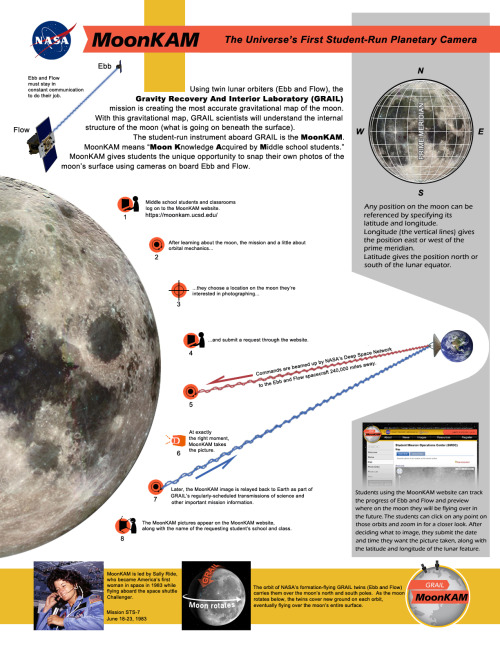Now, if the set of the normal subgroups of a nontrivial given group $G$ is constituted only by the trivial group and the group itself, then $G$ is a simple group. And if the group $G$ is finite (the number of the elements of the group is finite), so $G$ is a finite simple group.

Every finite simple group is isomorphic to one of the following groups:The work was concluded by Michael Aschbacher and Stephen Smith in 2004: the last chapter of the proof was described in a not so technical paper only by Aschbacher(6) and after in two mathematical monographs(7). The complete classification was finally published in 2011 in the monograph The Classification of Finite Simple Groups: Groups of Characteristic 2 Type by Aschbacher, Lyons, Smith, and Solomon (Mathematical Surveys and Monographs, vol. 172). This work wins the 2012 Leroy P. Steele Prize for Mathematical Exposition(9):
- A cyclic group with prime order;
- An alternating group of degree at least 5;
- A simple group of Lie type, including both
- the classical Lie groups, namely the groups of projective special linear, unitary, symplectic, or orthogonal transformations over a finite field;
- the exceptional and twisted groups of Lie type (including the Tits group which is not strictly a group of Lie type).
- The 26 sporadic simple groups.

In this paper, the authors, who have done foundational work in the classification of finite simple groups, offer to the general mathematical public an articulate and readable exposition of the classification of characteristic 2 type groups.






